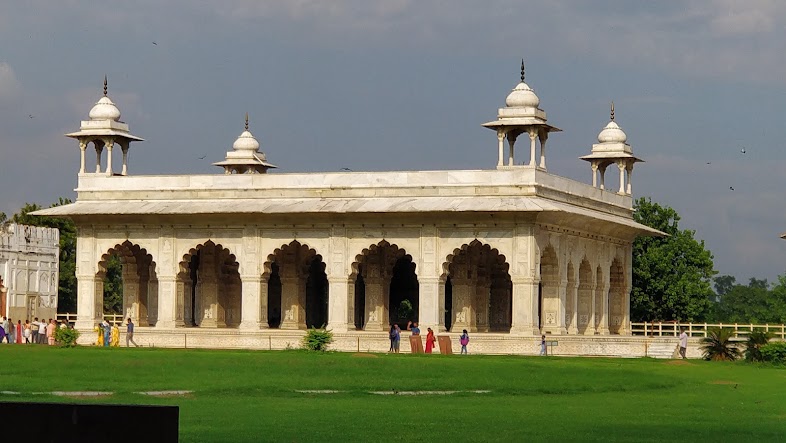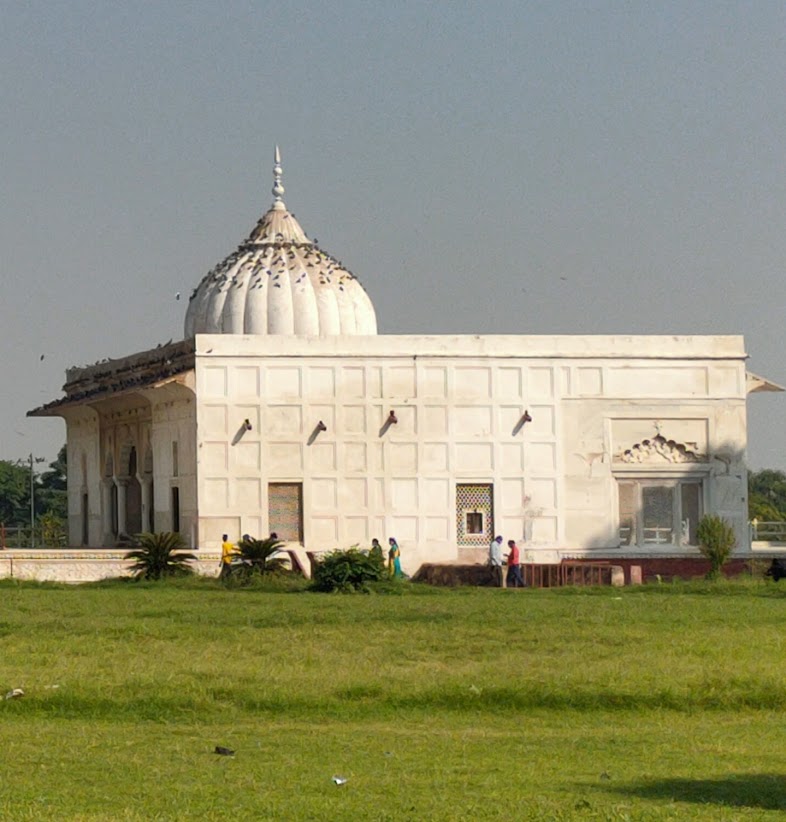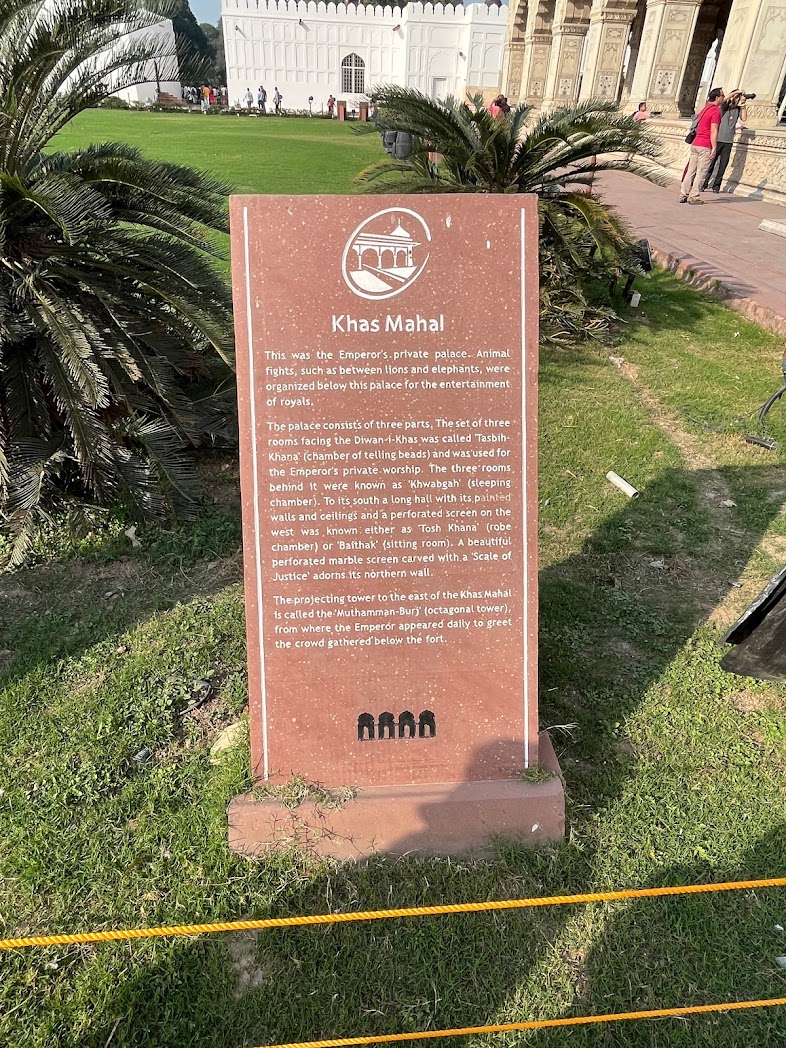


The Khas Mahal, located within the Red Fort complex in Delhi, India, served as the private residence of Mughal emperors. Built during the reign of Emperor Shah Jahan in the 17th century (1631–1640), it represents the opulent Mughal architectural style, blending Islamic, Persian, and Indian elements. The Khas Mahal consists of three main sections: Tasbih Khana (Chamber of Telling Beads): This was a private prayer space for the emperor, showcasing intricate marble inlay work and lattice screens for seclusion. Khwabgah (Sleeping Chamber): This section served as the emperor's bedroom, with decorative features that included carved niches, mirrored ceilings, and beautiful frescoes. Baithak (Sitting Hall): Used for private meetings, this chamber allowed the emperor to meet close family members and discuss state matters discreetly. One unique feature is the Jharokha-e-Darshan, a raised balcony from where the emperor would appear daily to address his subjects, symbolizing his connection to them. The Khas Mahal also had a central fountain and a Nahar-e-Bishisht (Stream of Paradise) running through it, representing Mughal ideals of paradise on earth.